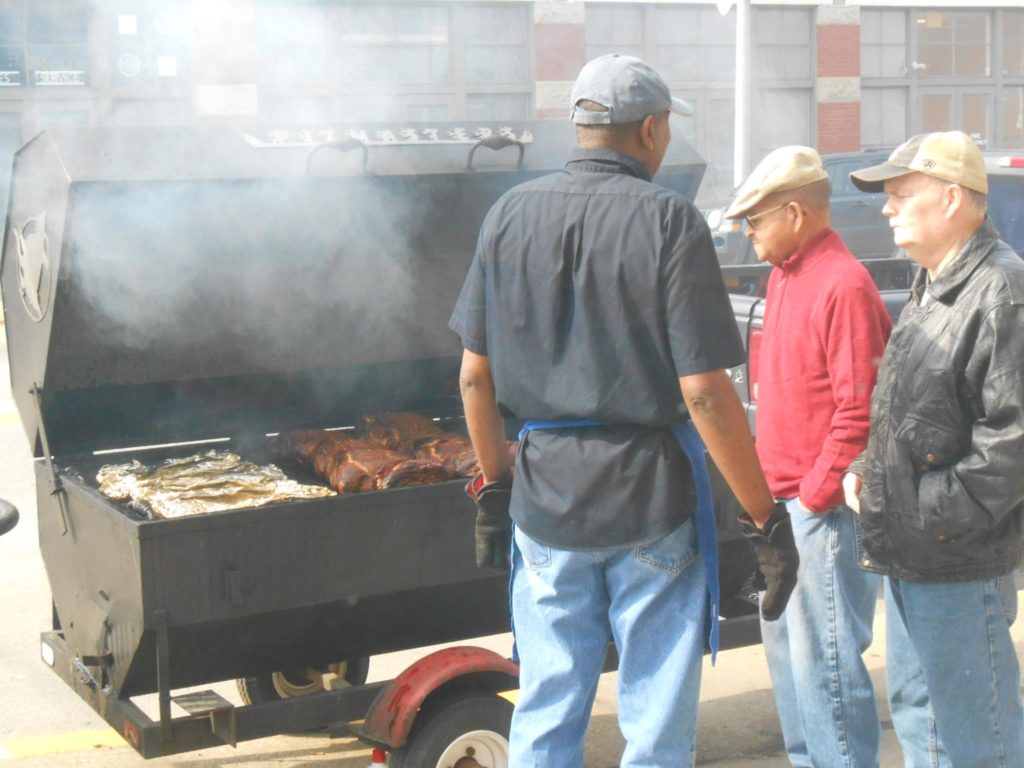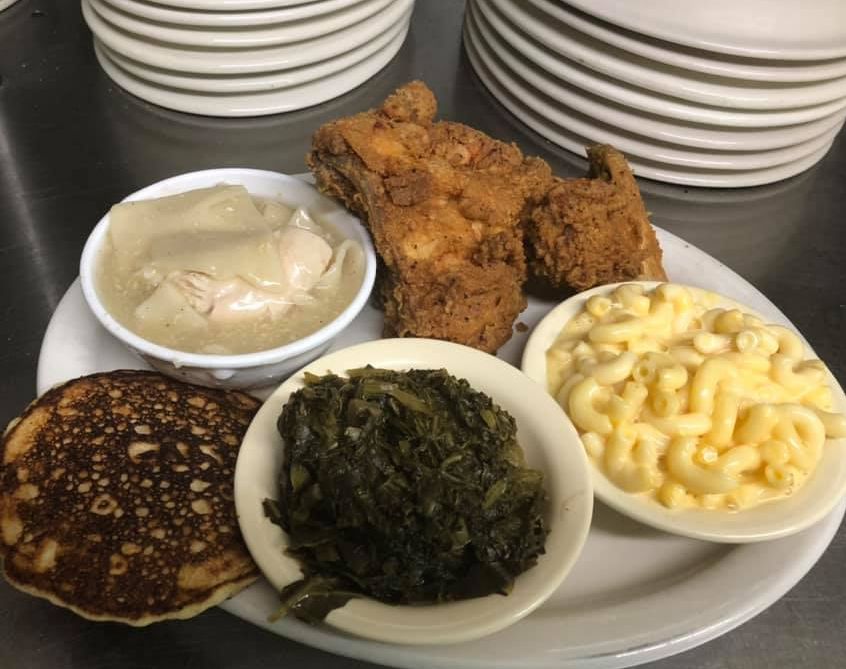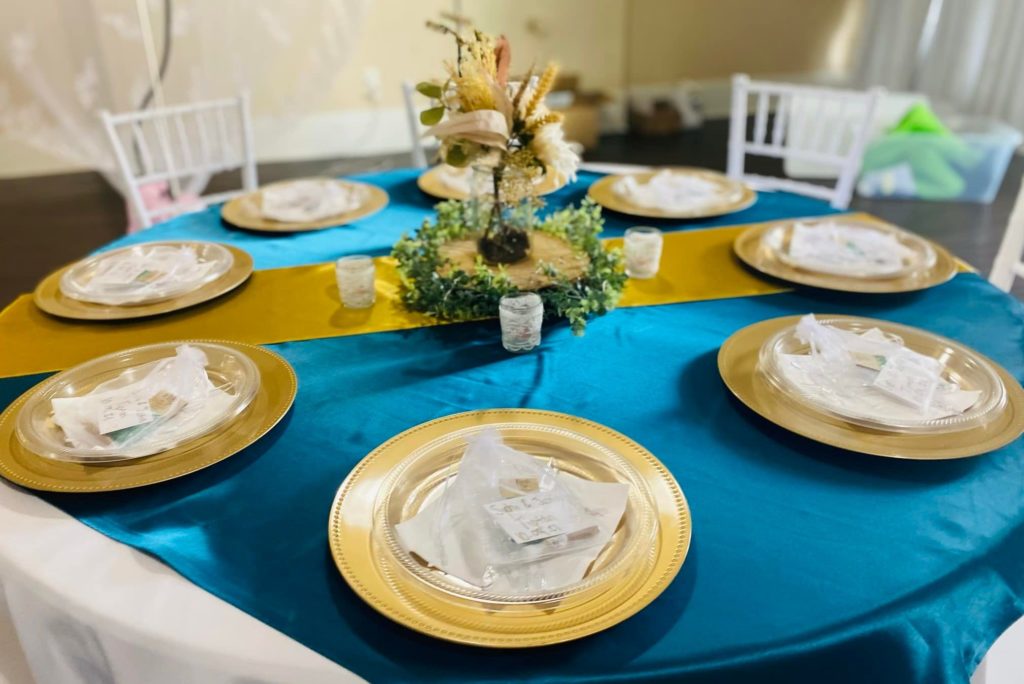A man born in 1875 is credited with creating what became known as Black History Month a century later. Carter G. Woodson, the Father of Black History and a 1903 graduate of Berea College, is intrinsically linked with the celebration – officially recognized by President Gerald R. Ford in 1976 – that honors the contributions and sacrifices of African Americans who have helped shape the nation.
Winchester invites you to celebrate Black History Month by experiencing the landmarks and neighborhoods, achievements and contributions of its African American citizens on a trail dedicated to their legacy.
On the African American Heritage Trail
In the area surrounding Heritage Park on W. Washington Street, African American youths once gathered at the skating rink, Tina Turner performed at Joyland, and Samuel Carl Williams operated a snack bar that was a popular hangout for African American teens. Black-owned businesses, including a clothing shop, barbershop, dry cleaner, hotel, movie theater, barbershop, confectionary and funeral home, lined the streets.
And this is just the first stop on Winchester’s African American Heritage Trail.
Researched and developed by the Winchester Black History and Heritage Committee and based in part on oral histories, the trail features eight stops, all delving into the history of Winchester’s African American community, its early churches and schools and sites relating to post-Civil War communities, Civil Rights, military service and athletics. Download the map and trail brochure here.
Foodie stops along the way
While touring this series of educational signs, grab a bite to eat at one of these Black-owned restaurants:
Paul and Molly Howard, owners of Smokin’ Howards Sports Bar & Grill, bring on the home-cooked meals – everything from chicken livers to salmon croquettes. Their specialty? Ribs and soul food. But don’t overlook a side of mac and some greens – what YouTube food blog, Trust the Gut, said “just go together” in his review and give “light auntie vibes.”
Ribs are also a specialty at pit master Kenny Allen’s In and Out BBQ – along with pulled pork, brisket and Philly cheesesteak sandwiches and other savories. The sides are what you hope for: creamy coleslaw, baked beans, green beans, corn on the cob and homestyle fries.
Rawle Somersall’s Blue Isle is a family-oriented restaurant dishing up home cooking and earning high marks for its Sunday buffet as well as signature specialties, including roasted turkey and dressing; the Hot Brown, a Kentucky fave with a Blue Isle spin; and the Blue Isle Platter, featuring barbeque ribs, fried chicken and shrimp and all the fixins’. Dessert choices include fruit cobblers, banana pudding and lemon cake.
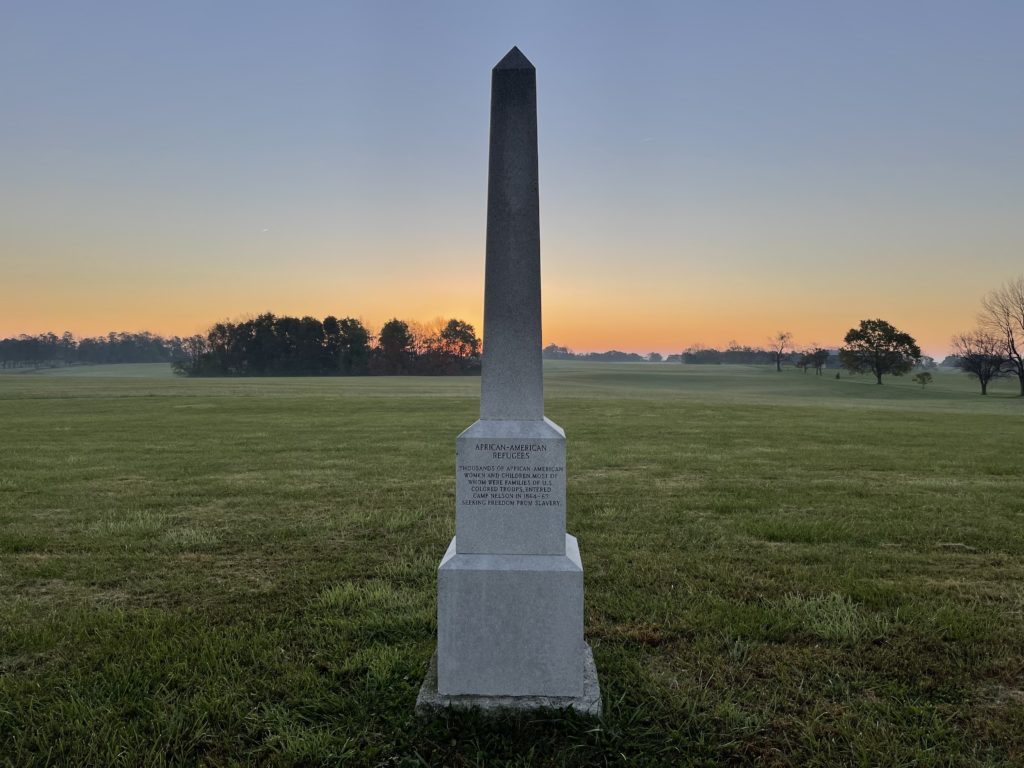
Other venues to visit
At Party on Main, Donna Harris and Sherry Holbrook don’t dish up delectables, but they do offer their assistance with food and setup if needed. The two partners offer up beautiful event space in downtown Winchester that is perfect for bridal showers, baby showers, birthdays, reunions, corporate events and other occasions. (Check out their Facebook page to see a princess birthday party in action.)
Wildcat Willy’s Distillery is housed in a former CME church that, before that, was a factory. In 1870, the CME Church of Winchester acquired the property that housed the Old Williams Factory, which carded wool from local sheep herds. The church installed windows, chandeliers and other appointments and, for fifty-six years, Winchester’s faithful came and worshiped here. You’ll spot the building’s identity crisis when you look at the exterior: factory on the west, church on the east. Inside, it’s pure deliciousness, with a farm-to-table restaurant and Wildcat Willy’s 1833 Single Barrel Kentucky Straight Bourbon Whiskey, plus signature cocktails and other pours.
Inside the three-story Victorian building that houses the Bluegrass Heritage Museum are over two hundred years of central Kentucky history told through artifacts, including the re-created workshop of luthier Homer Ledford, the barber shop of the old St. George Hotel, the operating room of the Guerrant Clinic and the story of enslaved African American Peter Bruner who escaped in 1864 and made his way to Camp Nelson in Nicholasville, a large recruitment and training center for African American soldiers and refugee camp for their wives and children. It is now known as the Camp Nelson Heritage National Monument.
Download the info for the Civil War Fort at Boonesboro Cell Phone Tour and listen in to hear a first-person narration about Peter Bruner and his experience with the 12th United States Colored Heavy Artillery Regiment and learn the role African Americans played in the construction of Kentucky’s famous dry stone fences. There are eight stops on the tour plus a welcome message.
Fast facts about Black History Month
- February was chosen because of the birthdays of two historic figures who played prominent roles in ending slavery: Abraham Lincoln and Frederick Douglas.
- It is tied to a weeklong celebration Carter G. Woodson established in 1926 to “promote and educate people about Black history and culture.”
Each year’s Black History Month has a theme. For 2022, it is Black Health and Wellness.
